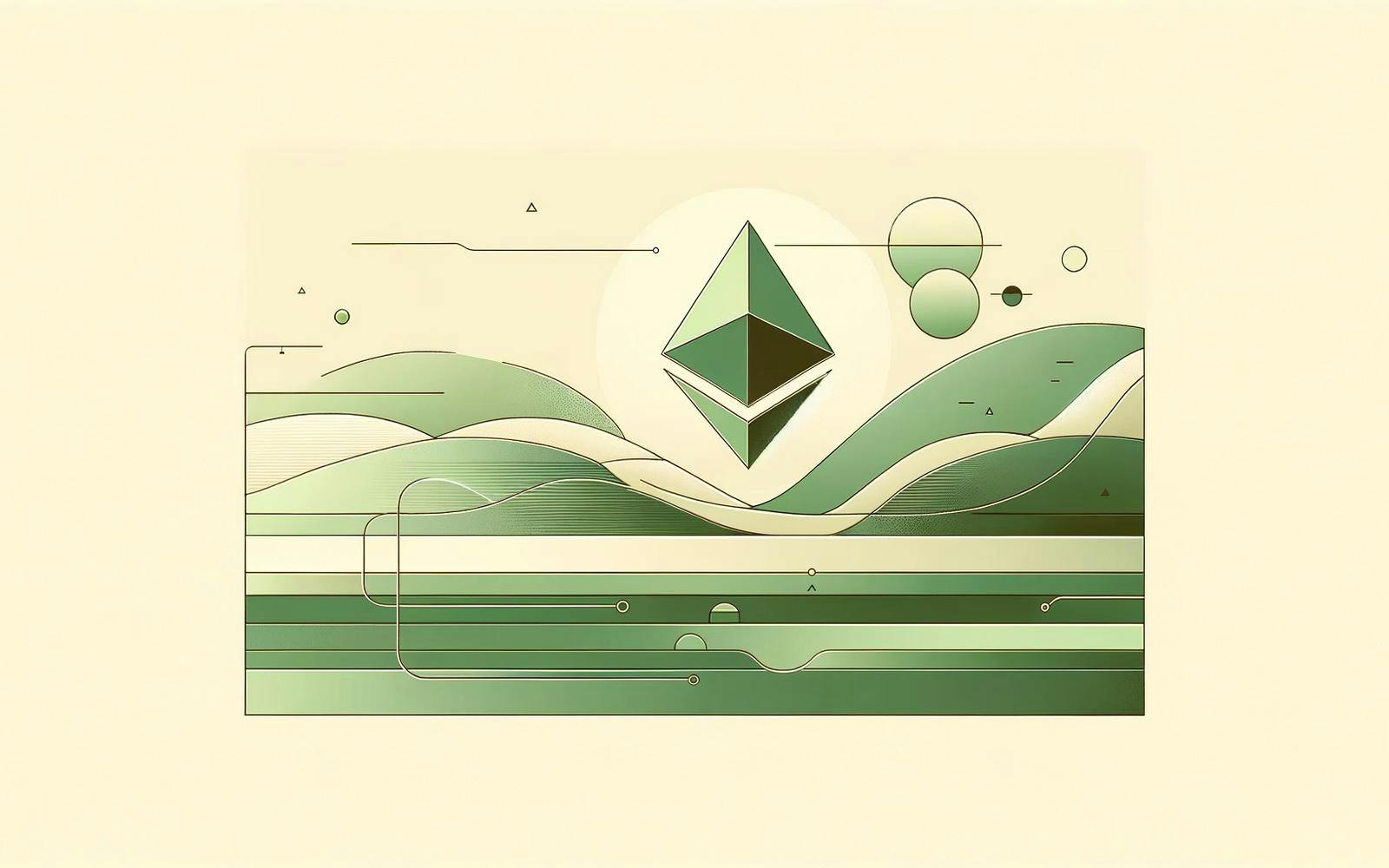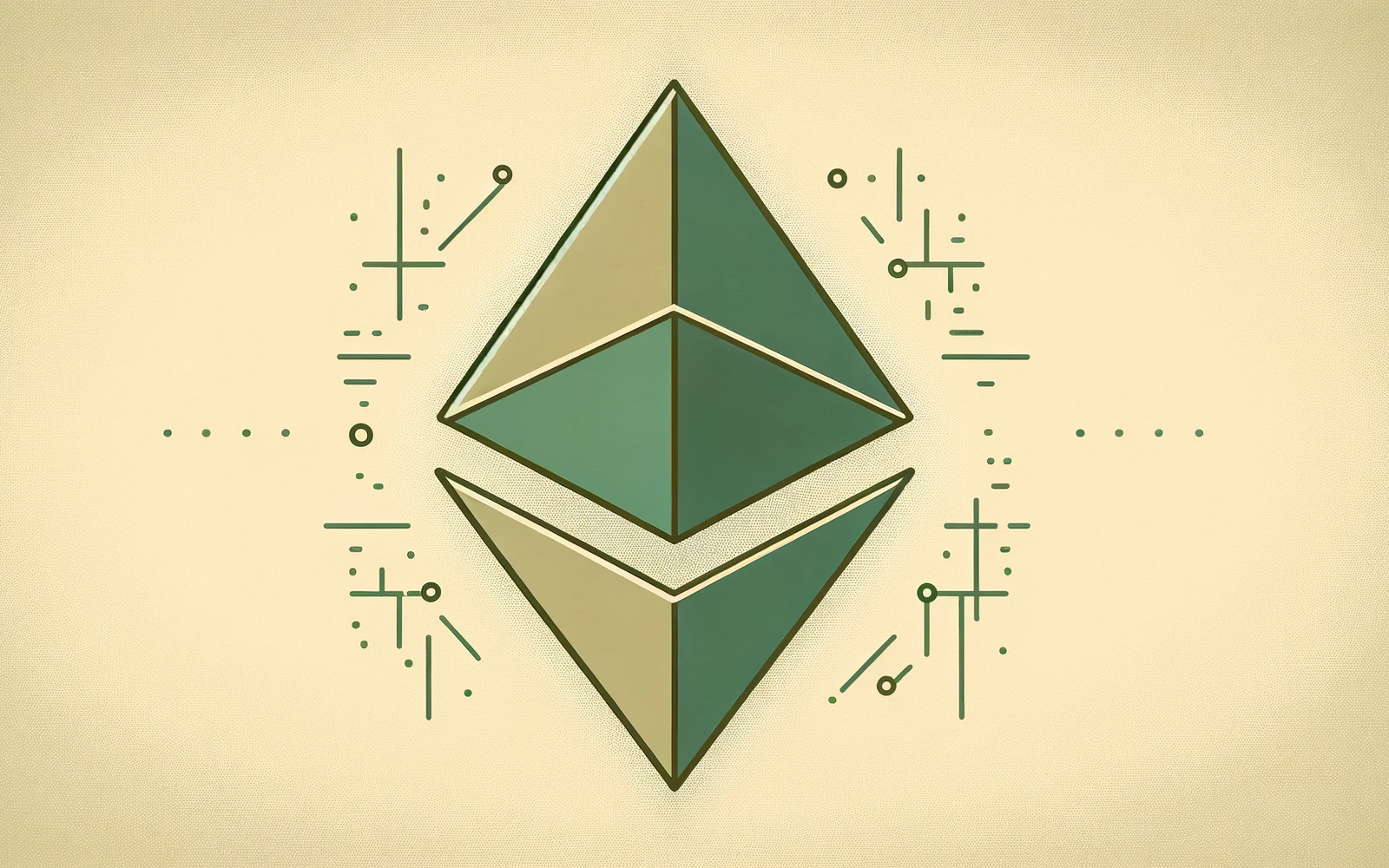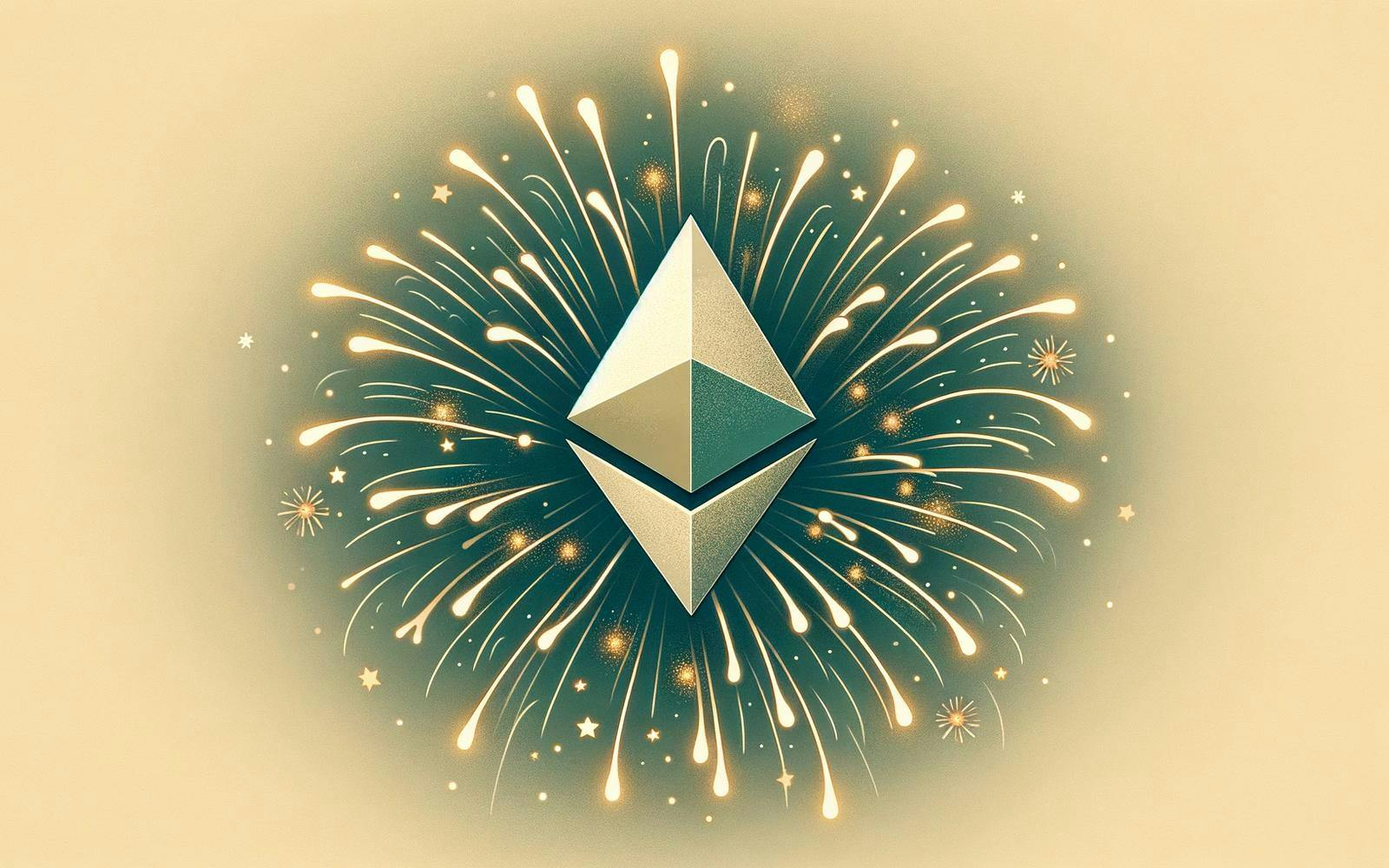
Since its introduction, Ethereum has proven to be a reliable platform for decentralised applications (dApps) and smart contracts. To keep the platform scalable, continuous improvements are being rolled out. The Dencun upgrade is an example of this and is designed to increase the efficiency and scalability of the platform. We explain what this upgrade entails and discuss the possible implications for the future of the platform.
Introduction of Dencun
The Dencun upgrade, formally known as Cancun-Deneb, was successfully carried out on March 13, 2024, via a hard fork. This is the most significant upgrade since April of the previous year. Dencun includes five Ethereum Improvement Proposals (EIPs), the most important of which is EIP-4844, better known as proto-danksharding.
After the implementation of proto-danksharding, Ethereum users are expected to experience lower gas fees for transactions on Layer-2. This second layer complements the Ethereum blockchain and consists of applications, frameworks, and protocols with a specific purpose, such as improving scalability or speeding up processes. A well-known example of a Layer-2 is Optimism.
What is proto-danksharding?
The Dencun upgrade introduces proto-danksharding. To understand this, we first explain the concept of sharding. Sharding divides the Ethereum blockchain into smaller segments, called shards, allowing transactions to be carried out in parallel. This results in significant performance improvements, leading to faster and cheaper transactions.
Proto-danksharding is a new technique that reduces transaction costs by introducing data "blobs". These blobs are temporary and store transaction data. Instead of verifying each transaction in a new Ethereum block, the network only confirms the correctness of the blob attached to the block. The temporary nature of the blobs results in less memory use and capacity requirements for transactions on the blockchain itself.
Proto-danksharding is the first step towards a new technique called danksharding. Due to the complexity of sharding, the developers have chosen to implement it in stages, with thorough testing in between.
Has Dencun directly lowered Ethereum transaction costs?
Proto-danksharding is a significant step towards higher scalability and lower costs, and it has significantly lowered transaction costs for Layer-2’s. It is difficult to measure whether the upgrade has also lowered the transaction costs of Ethereum itself, as the upgrade itself as well as changes in market conditions have increased the demand for Ether, which in turn can drive up transaction costs.
The cost reduction will mainly be noticeable at the second layer at this stage. However, the upgrade is an important milestone for the entire Ethereum ecosystem.
The information provided in our articles is intended solely for general informational purposes and does not constitute (financial) advice.
Subscribe to our newsletter
Everything you need to know about Bitcoin, straight to your inbox. Subscribe now for the latest from Blockrise.


